When I arrived in Lima, Peru, I was struck by the cacophony and craziness of the roads, in this country which boasts a traffic fatality rate that is 10 times that of Canada.
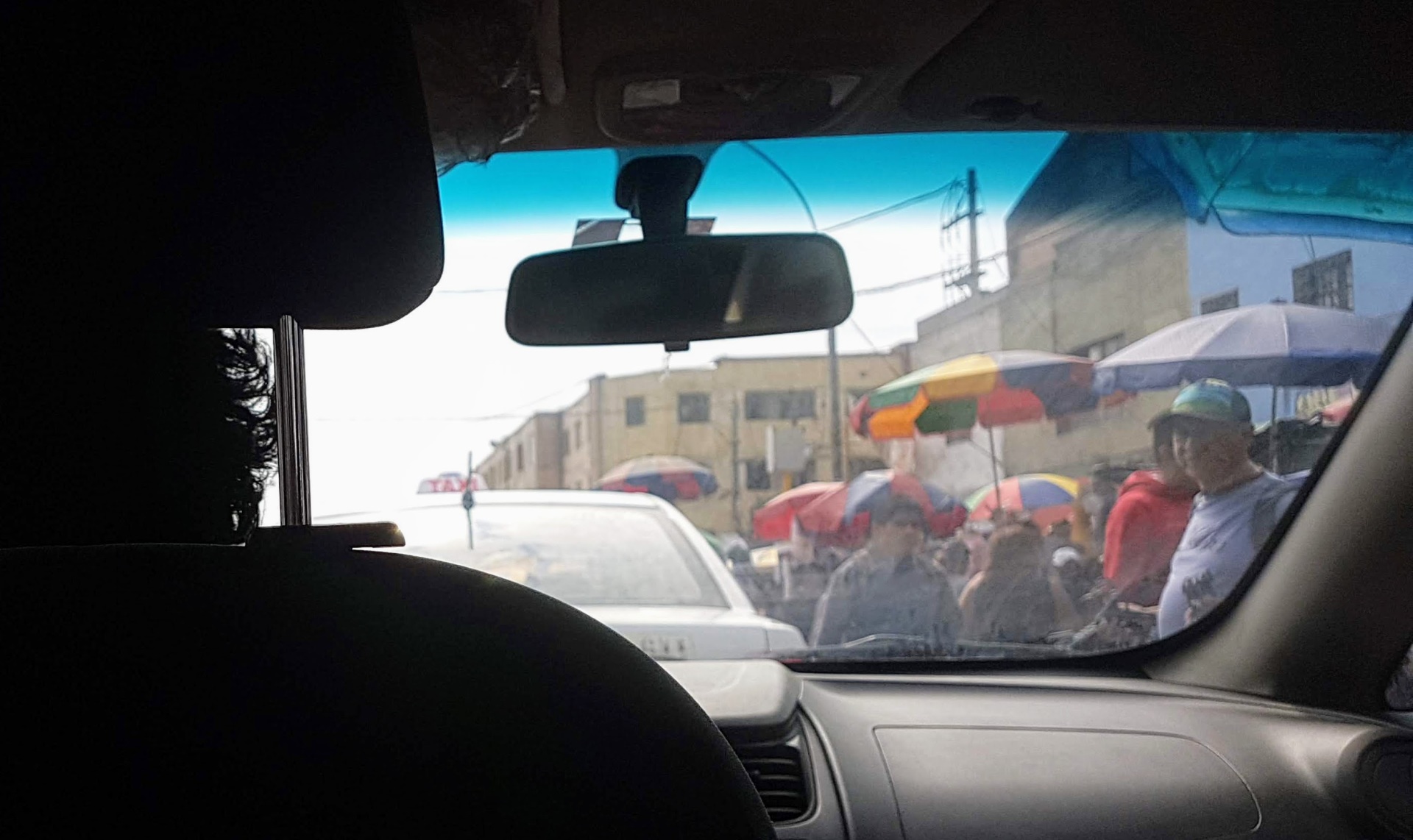
From our Arequipa Avenue apartment we have a beautiful view of several of the major traffic routes. The single pane, poorly sealed, windows in even luxury apartments also give us a constant appreciation of the sounds from the street below.
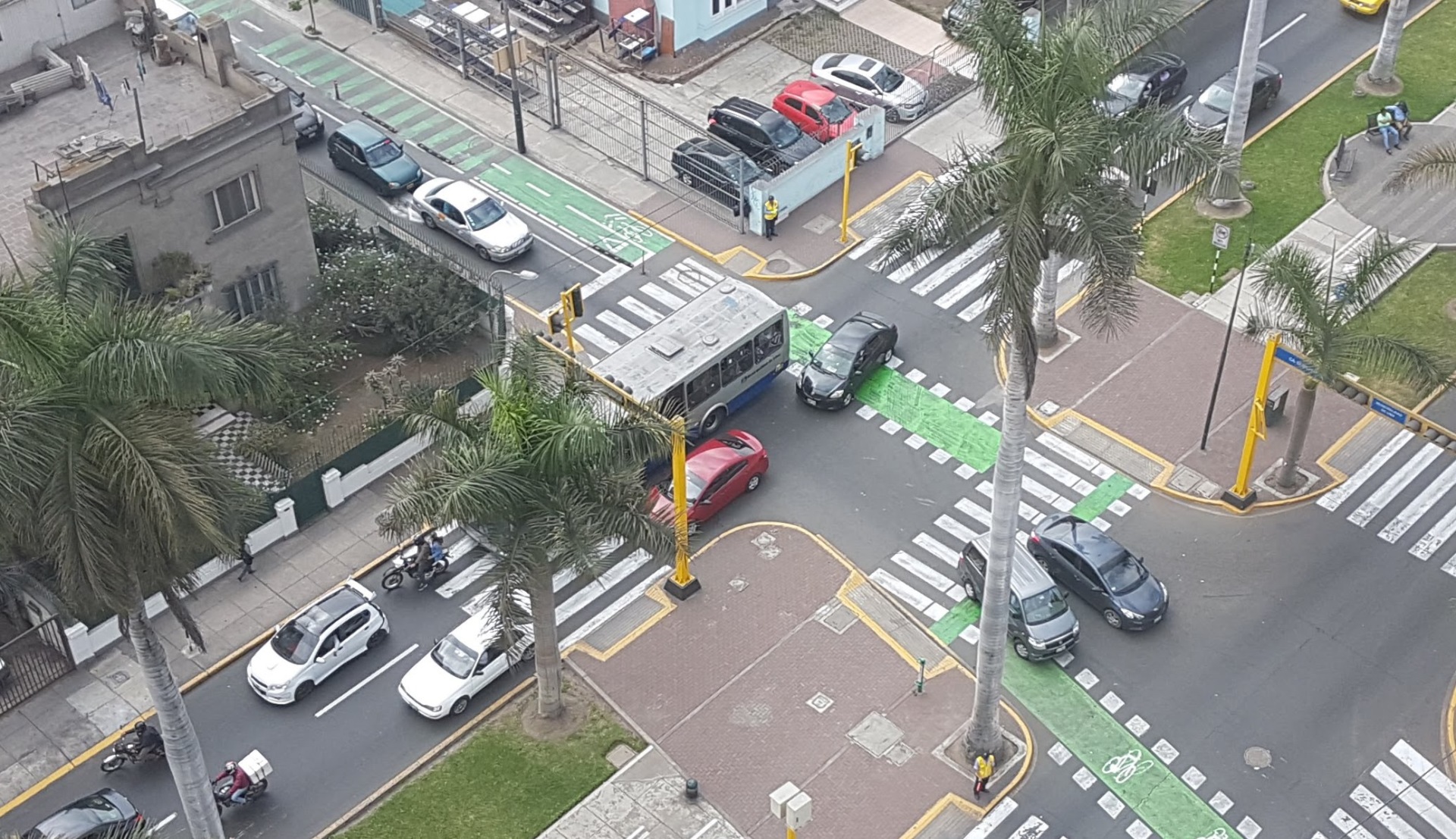
What I heard when I first arrived seemed like a random (but ever-present) blaring of honking horns and police whistles. Having been here for a couple of weeks now I’ve learned that there is some method to the madness.
There are four main types of horn honking:
1. A warning from cars about to blast through an intersection. This isn’t a rare, my-brakes-aren’t-working kind of blast. Rather it is a routine way of reminding pedestrians (and other cars) who’s boss. Get out of the way, ASAP, even if you do have the green light in your favour.
2. Taxi drivers trying to get you to hire them. Any time they see people walking on the sidewalk they do a couple of quick toots in the hopes that you’ll decide you’d rather take a cab than walk. Unless you are truly exhausted (and exceedingly brave), cabs are rarely the better option: you can walk faster than the traffic crawls. And many taxis (even Ubers) don’t have functional seatbelts in the back seats.
3. Irritation with other drivers. I admit that I, too, would be pissed off by a lot of what I see drivers do here. But the people honking are equally guilty. Things like:
- Stopping in the middle of a busy road. Sometimes it’s a taxi collecting or dropping off a fare. Sometimes it’s somebody too engrossed by their telephone to notice that they should be moving. Often it is because they are trying to turn or merge into a lane that doesn’t actually exist, or that is a few lanes over.
- Cutting in front. In Canada we get annoyed when cars cut in front of us without leaving at least a couple of metres distance between us. But here it is a couple of inches, or centimetres. I’m serious. You blink, you crash. Sometimes they swerve in front of you unexpectedly, but often, in a battle for supremacy, each driver will continue to push forward until at the very last moment one backs down. Terrifying.
- Turning across several lanes of traffic. Forget of our quaint notion of only turning from the turning lane. If turning involves cutting across oncoming traffic, or merging during the turn from two or three lanes down to one on the new road, so be it.
- Causing gridlock by filling up the intersection so nobody can move. This is normal. Even busses do it. Even when the traffic cops are present. The only difference is that if the traffic cops are there drivers may leave at least enough room for one car to sneak through (of the two or three lanes of traffic that are supposed to be having their turn).
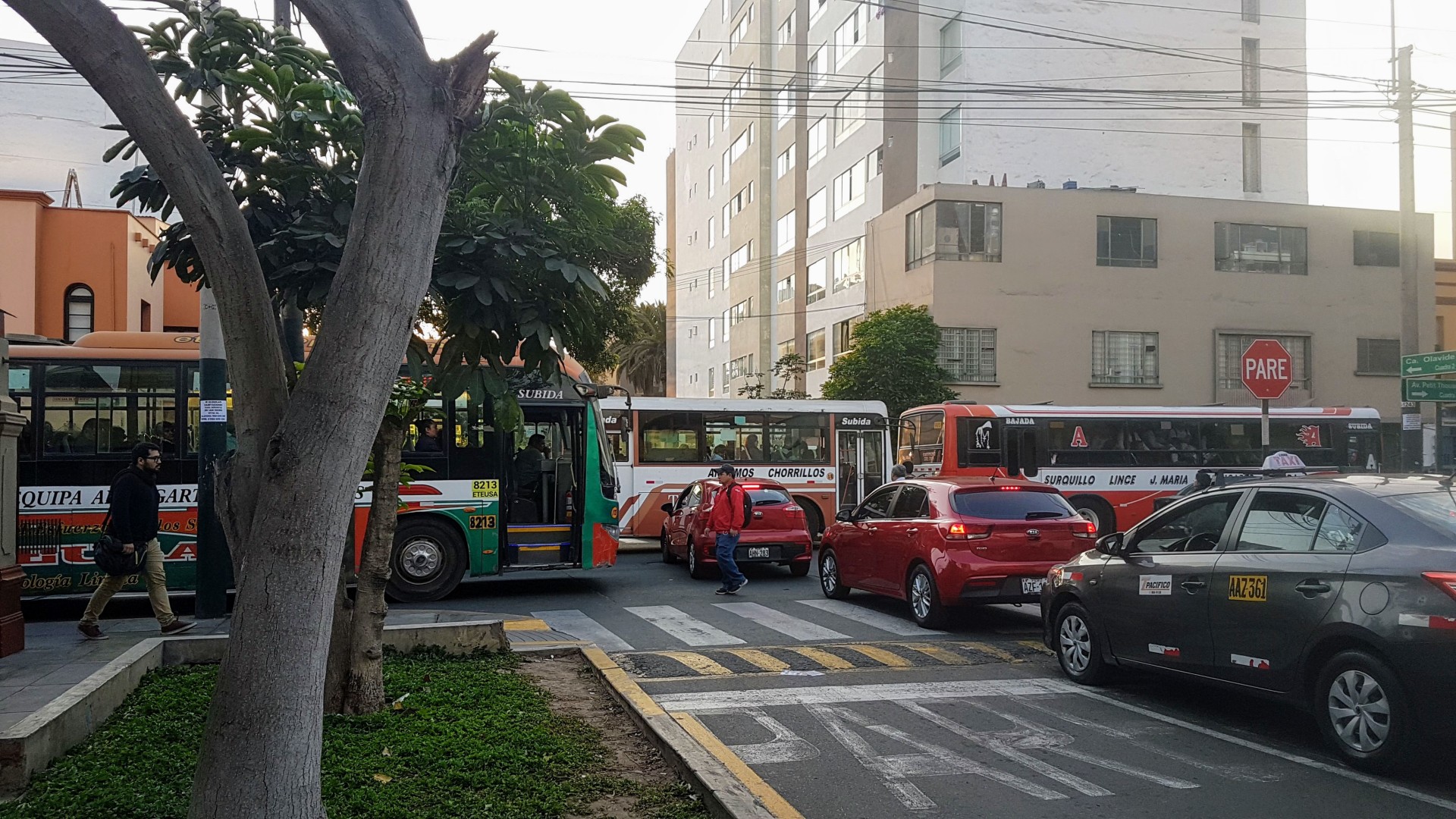
4. General frustration. Drivers are sick of being stuck in this unholy mess. But there’s nothing they can do. Stop. Crawl. Stop. Inch forward. Stop…. So they honk their horns in some desperate plea to the traffic gods to create a miracle and part the Red Sea of Traffic, letting them magically get home or to work within an hour of the scheduled time. (Interestingly, Londoners deal with this by simply stopping at the pub to have a few pints before trying to drive home. Makes for calmer, if not safer, roads.)
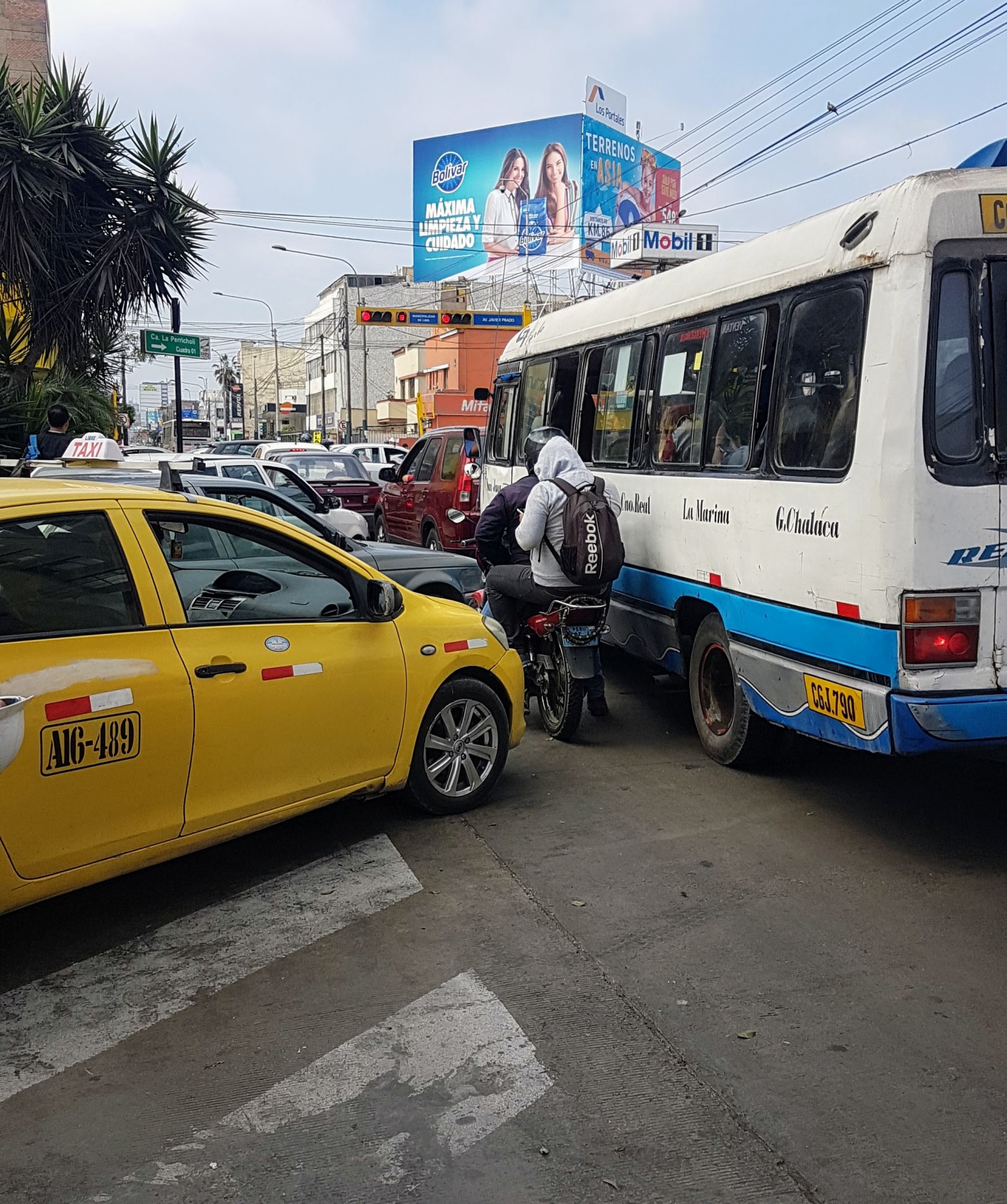
I have not yet figured out the subtleties of the police whistles. Given how frequent they are, maybe they really do signal people breaking the law. Sometimes they are also meant to get attention of the drivers so one direction will stop and let the others (or pedestrians) have a chance. And sometimes, I think, it is just to remind everyone that they are there.
It is all part of the crazy ecosystem that is Lima roads; the background music to our swank Lima apartment.
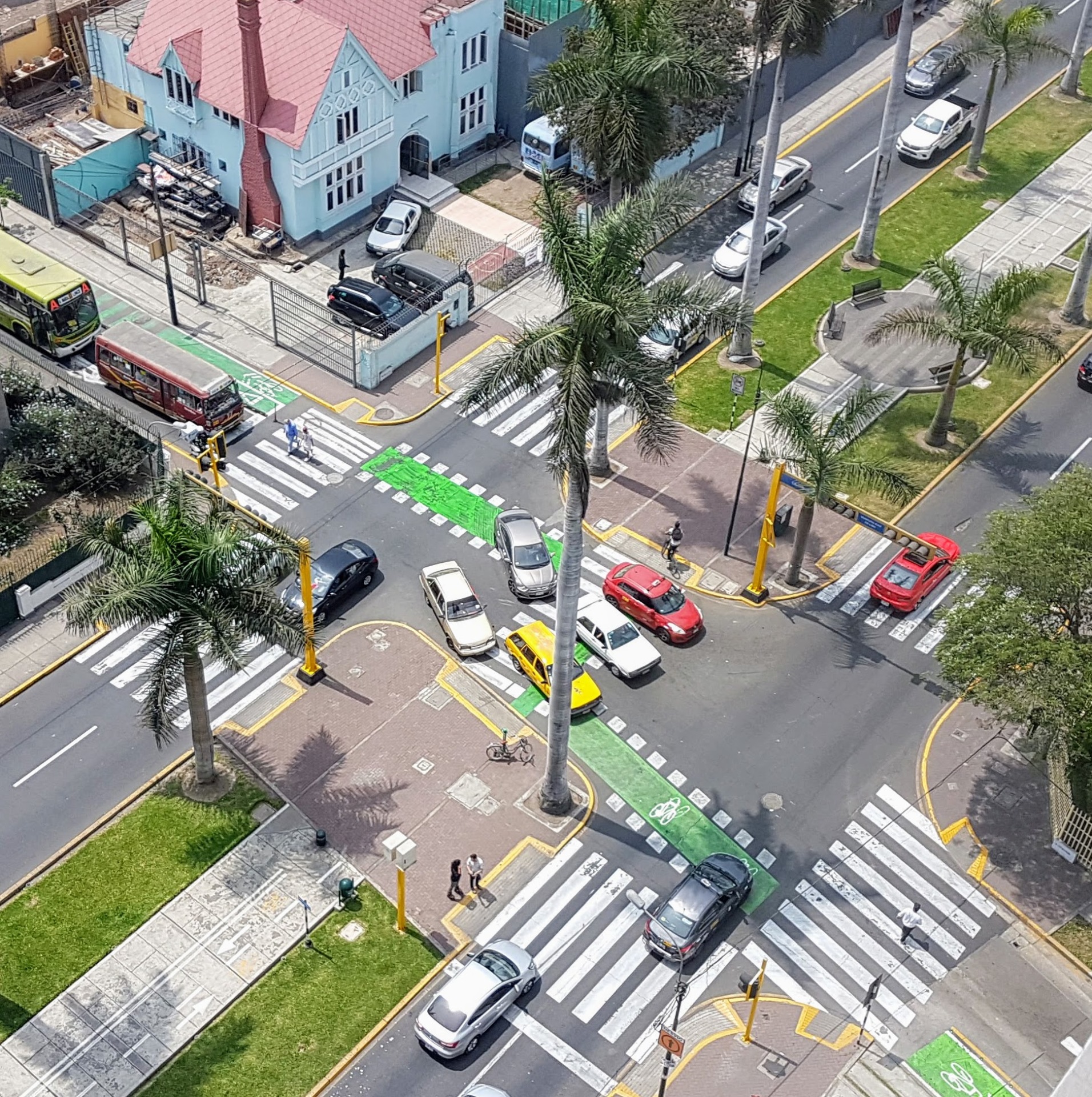
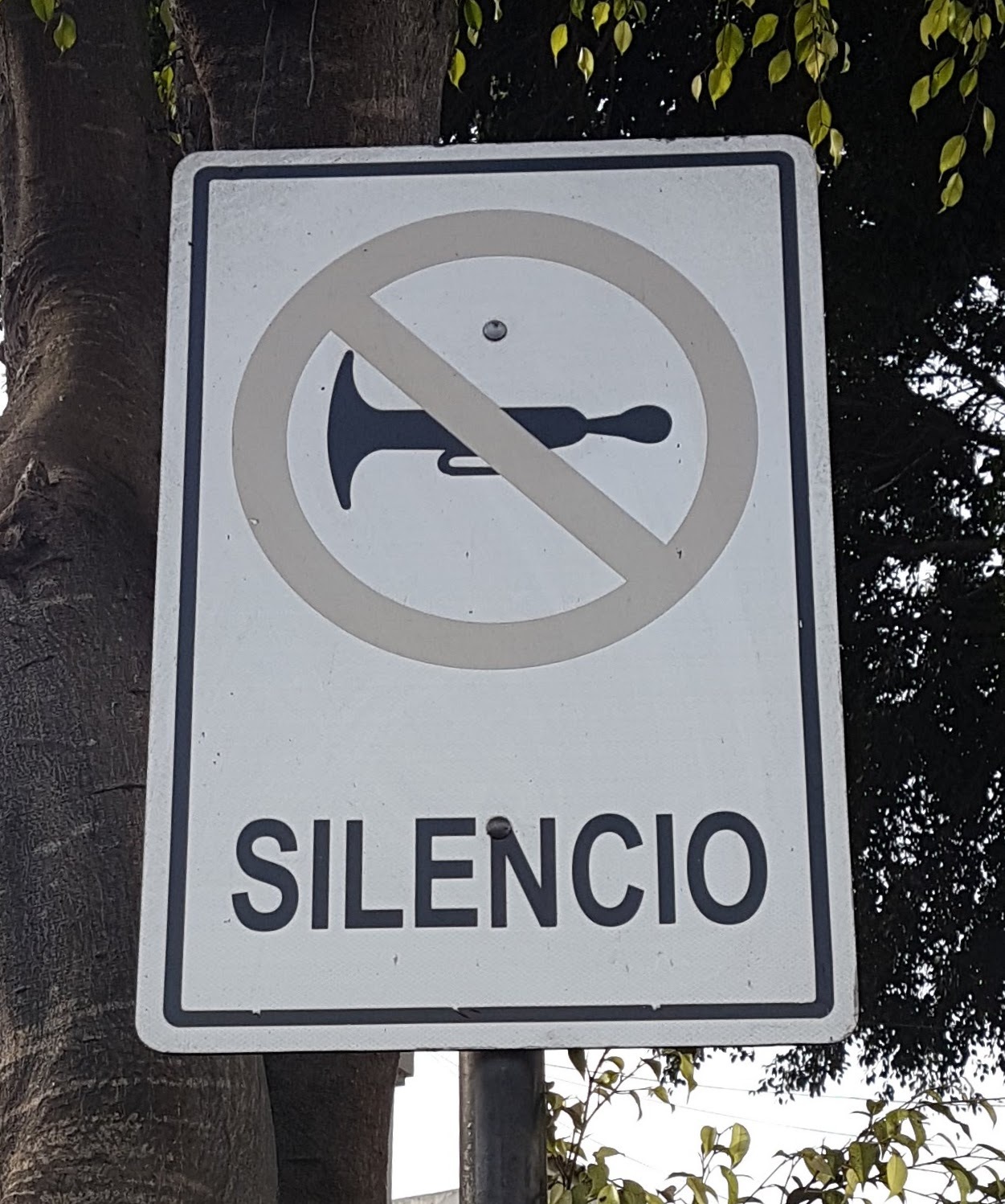
Data, for those who are curious:
- Canada has 9.5 deaths per 100,000 road vehicles vs. 99.3 in Peru, according to the World Health Organization. The U.S. rate is 12.9, and the European average is 19. [ http://www.who.int/violence_injury_prevention/road_safety_status/2015/TableA2.pdf?ua=1 ]
- For the nit-pickers in the crowd, I get that Canadian roads are far less crowded than those in countries with greater population density. However, even looked at by number of inhabitants instead of number of vehicles, Canada’s traffic death rate per 100,000 inhabitants is 6 per year. Peru’s is 13.9. The U.S. rate is 10.6, and Europe is 9.3.
- Lima, with a population of about 10 million people, had an official combined traffic injuries and fatalities rate of 622 per 100,000 residents in 2016. From what we’ve seen from our window and heard from residents, only the most serious are actually reported, and it is unclear how many of those go into the official statistics. The comparable rate in my home city of Edmonton, Alberta, would be 37. [Sources: https://www.inei.gob.pe/estadisticas/indice-tematico/traffic-accidents/ and https://www.edmonton.ca/transportation/RoadsTraffic/2016MVCAnnualReportsm.pdf I’ve used what the report defines as fatalities and “major injuries”.

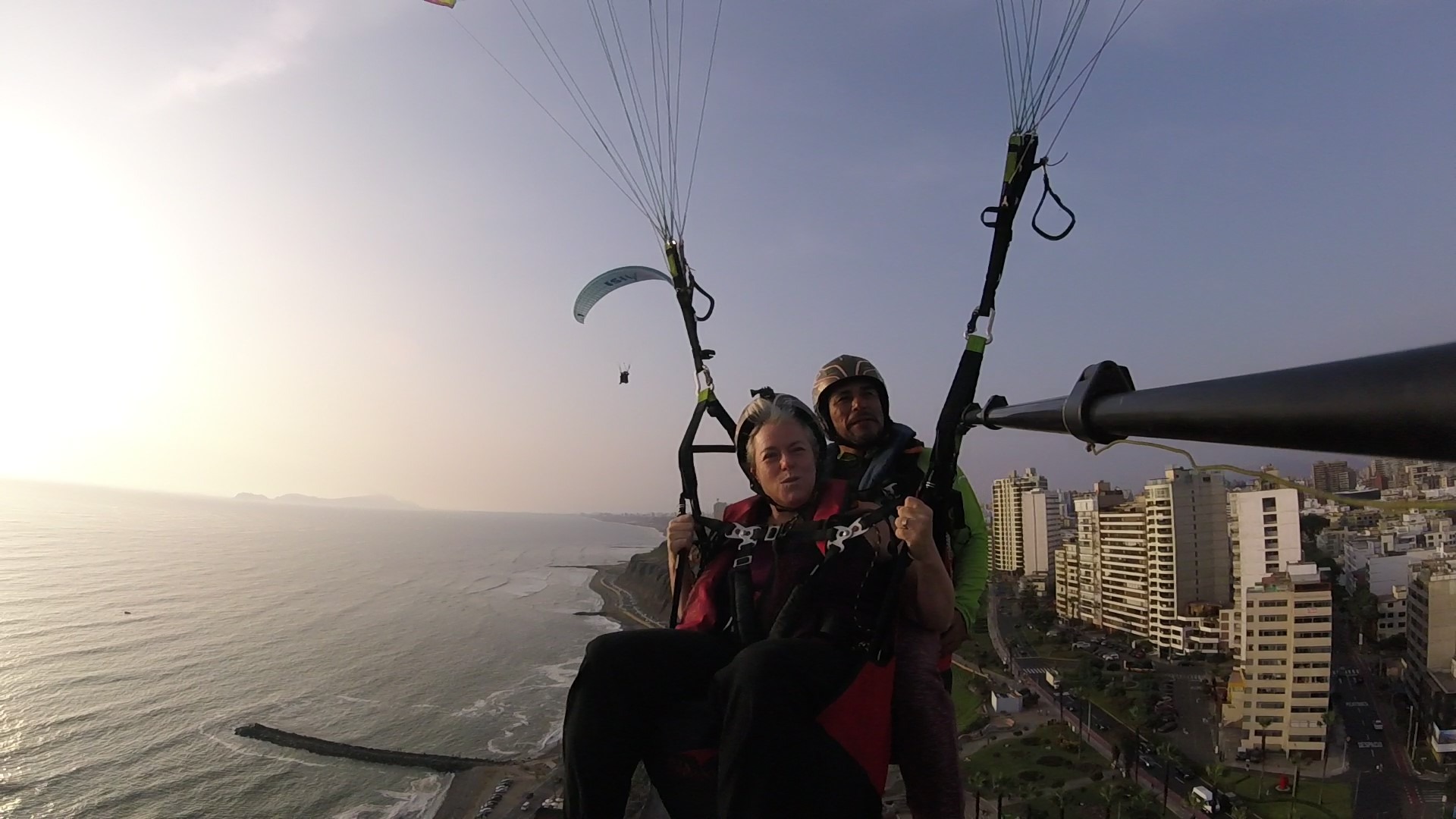


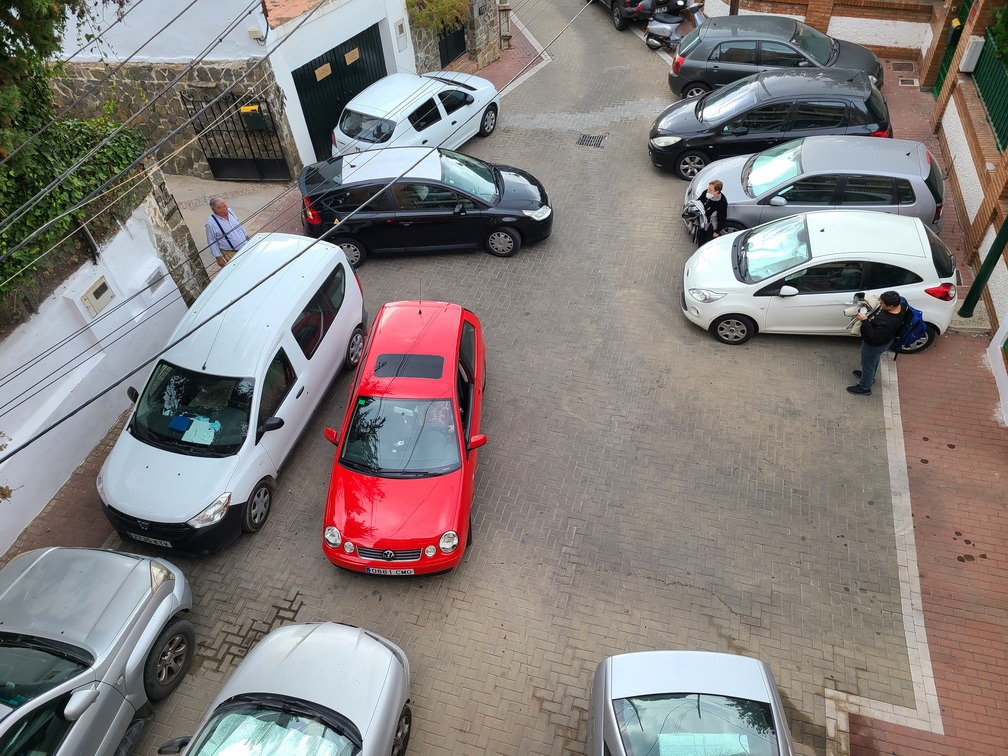
[…] The Secret Symphony of the Streets of Lima, Peru […]
[…] quite the chorus. We gave it some thought and concluded that, as noisy as that can be, it beats the sound of the honking horns that were ever-present in Lima. It is easier to talk over the sounds of the […]